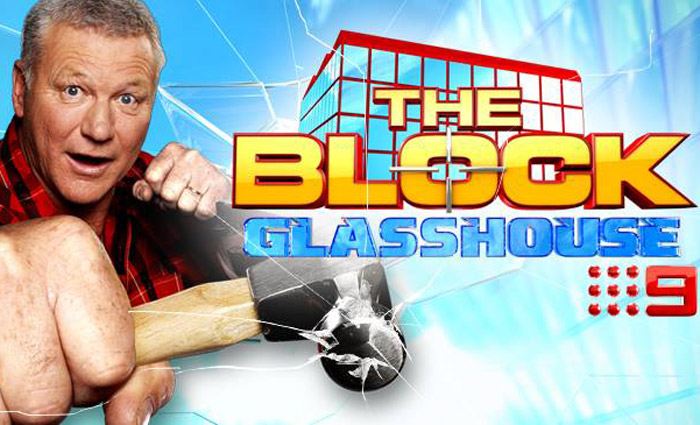
Let’s start with the facts: there aren’t many women in trade industries across Australia. According to the latest from the government, around 28% of tradespeople identify as women – and in the automotive and machinery side of things, it’s as low as 17%.
Having said that, trades aren’t anywhere as much of a boys club as you might think. To be clear, I’m not shouting ‘FAKE NEWS’ at my own words, so much as pointing out that the persisting stereotype we have of tradies isn’t completely fair. That old school Ocker white guy in a hi-vis cat-calling women while on smoko still exists, but he shouldn’t still be the poster model for trades in Australia.
While that isn’t the sole reason why the country is currently bereft of qualified panel beaters, plumbers and welders (the list goes on), it’s clear VET industries have an image problem. How do you get more women – hell, even just more people – into an industry that they think won’t want them?
“A lot of people are thrown off because they think [trades are] always physical,” says Christina Totsis, head teacher of Building and Construction at TAFE NSW. “There is a gender bias there too, plus women tend to fear they’ll be harassed. Being one female in a group of all boys is daunting, and they think they’re going to be challenged on their abilities.”
Christina says these fears shouldn’t loom as large as they might’ve once. She’d know, too, given her 28 years of teaching.
“It’s been slow,” she says, “but there’s been more of a change in the last 10-15 years.”
Since 1995, women in trades have doubled, according to the National Centre for Vocational Education Research.
There’s a handful of things Christina credits. First up, The Block. No really.

Here’s Scott Cam breaking the glass ceiling, I guess?
Christina says this – and other similar concept shows – were more or less the public introductions to building development, the part of construction that exists outside of hammers and tools and direct labour.
“They understand it’s not all about brawn, it’s about management, tasking things and planning, too,” says Christina. “They realise that [being] hands-on doesn’t actually mean that I have to pick up a sledgehammer – though I can if I need to.”
On that note though, Christina says most trades industries have moved beyond a focus on brute strength. With OHS requirements and tech developments, most of the literal heavy lifting tradies once done has been lightened or pre-fabricated. Not to suggest that there aren’t women who can bench more than I could ever dream to, but more that these fears of not being ~strong~ enough are outdated.
“The way we build has changed, it’s supposed to be physically [relatively] easier,” she says.
The government’s owner-builder program allowing people to help build their own homes definitely didn’t hurt interest, either.
In a class of 30, Christina says there’s usually 5-10 women. Most are mature age which reveals how most people fall into trades: through the family business.

Much like another hard-to-break into industry.
“A lot of building companies were family owned or started, then when they grow the whole family tends to be brought in,” says Christina. “The women start on the books, accounts, then go onto the site to manage a few things… they’re dabbling in the industry, then suddenly realise they can branch out in their own.”
Being able to work your way up the industry like that wasn’t possible 15 years ago: Christina says that there’s simply just a whole lot more avenues to people to crack in.
“The variety of courses now available has provided a larger stream of study and accessibility,” says Christina. “We call them stepping stones, you can do an introduction that leads onto trade areas. For eg. there’s carpentry stage 1 courses, from which can lead to building diploma, building licences, estimating course, property evaluating, construction management… it just keeps growing.”
“TAFE NSW took a very strong stance in becoming more inclusive – not just for females, but for people with disabilities as well as mature-age students and a large campaign with high school students, since the focus at school is always so uni directed.”
There’s a lot of other initiatives too. Last year, Womens NSW announced funding to promote more women in trades, while other non-for-profit groups like Women In Power and The Lady Tradies are creating networks and promoting women in trades.
Anecdotally, Christina says women pushing through will only create more change, as she’s seen it has over the past near-30 years.
“A lot of female counterparts within the system created the changes we’ve seen,” says Christina.
“At school events and careers days, I’d introduce myself and say ‘I’m the head teacher of Building and Construction’, and the females would look at me like, ‘How did she get there?’. So they’d ask questions and I’d start giving them answers.”
“I’ve been championing this for 20 years; the more you talk about it, the more you spark interest.”
Image credit: Buffy The Vampire Slayer
We’re all about bettering ourselves and moving forward in our careers and lives in 2K18. Feeling the momentum? TAFE NSW’s enrolment week is from 15th-20th Jan, so pop down to a TAFE NSW campus and get moving with over 1,200 courses on offer, from degrees to certificates, short term classes and online studies.




